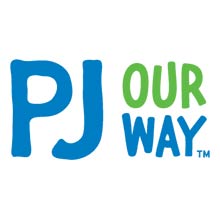
Heroes, Golems, and Identities: A Purim Activity
Jordan and the Dreadful Golem and the story of Purim both raise questions about how we are seen, how we see ourselves, and how we can become the heroes we would like to be. What happens when we wear a mask?
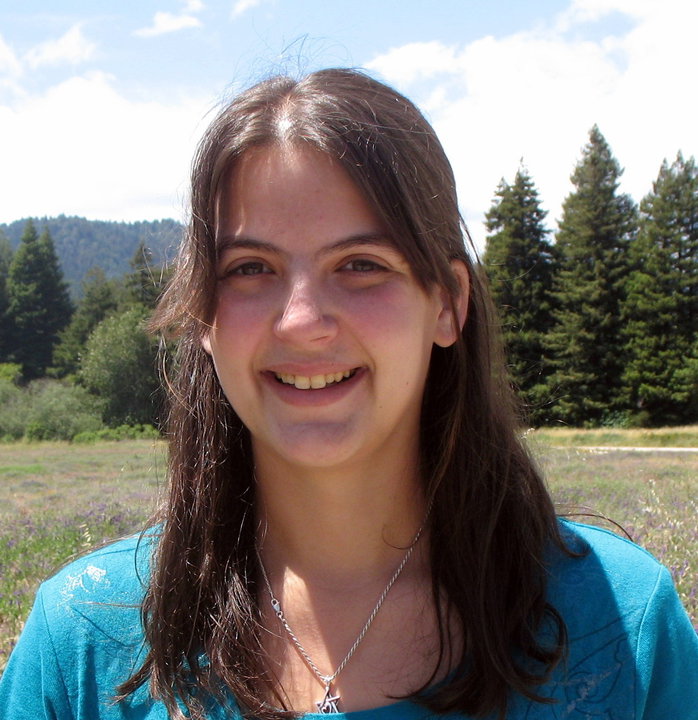
In Jordan and the Dreadful Golem, children have special gifts that they discover when they turn thirteen. These gifts are akin to superhero powers - sensing things before they happen, understanding the earth and animals, and dreaming up creatures that come to life. The children can draw on their powers whenever they need to, whether it’s because a friend is in danger, or because a sinister force is threatening to destroy the village. The story also highlights the power of names. Each child’s name is given to them by a village elder, who explains that their names are linked to their powers. The villain of the story, we learn, changed his name when he became evil, forsaking his former self and embracing a new identity.
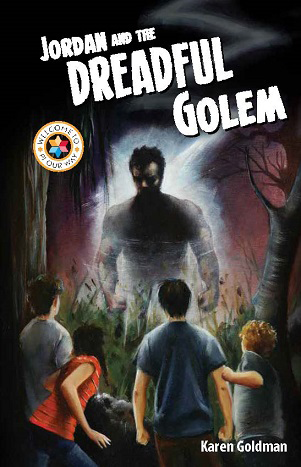
The story of Purim is also filled with examples of hidden identities and brave characters who must take on new roles and names before they can express their powers. Like the children, who only reveal their powers when it’s time to use them, Esther hides that she is Jewish until after she becomes the queen. Once she has the title of queen, Esther tells the king that she is Jewish, and she uses this previously-hidden part of her identity to save her people from the evil Haman, who has planned to kill all the Jews in the Persian Empire.
We celebrate Purim today by wearing costumes, by erasing (or at least blurring) the lines between who we are and who we could be. We put on a crown and become royalty, we stomp and yell and howl to drown out the names of the wicked characters in the story, and we celebrate the heroic actions of a woman who kept her identity a secret until it was time to save her people.
Jordan and the Dreadful Golem and the story of Purim both raise questions about how we are seen, how we see ourselves, and how we can become we the heroes we would like to be. What happens when we wear a mask? What happens when a child puts on a superhero cape? When do our disguises serve us, and when do they get in the way, inhibiting our authentic selves?
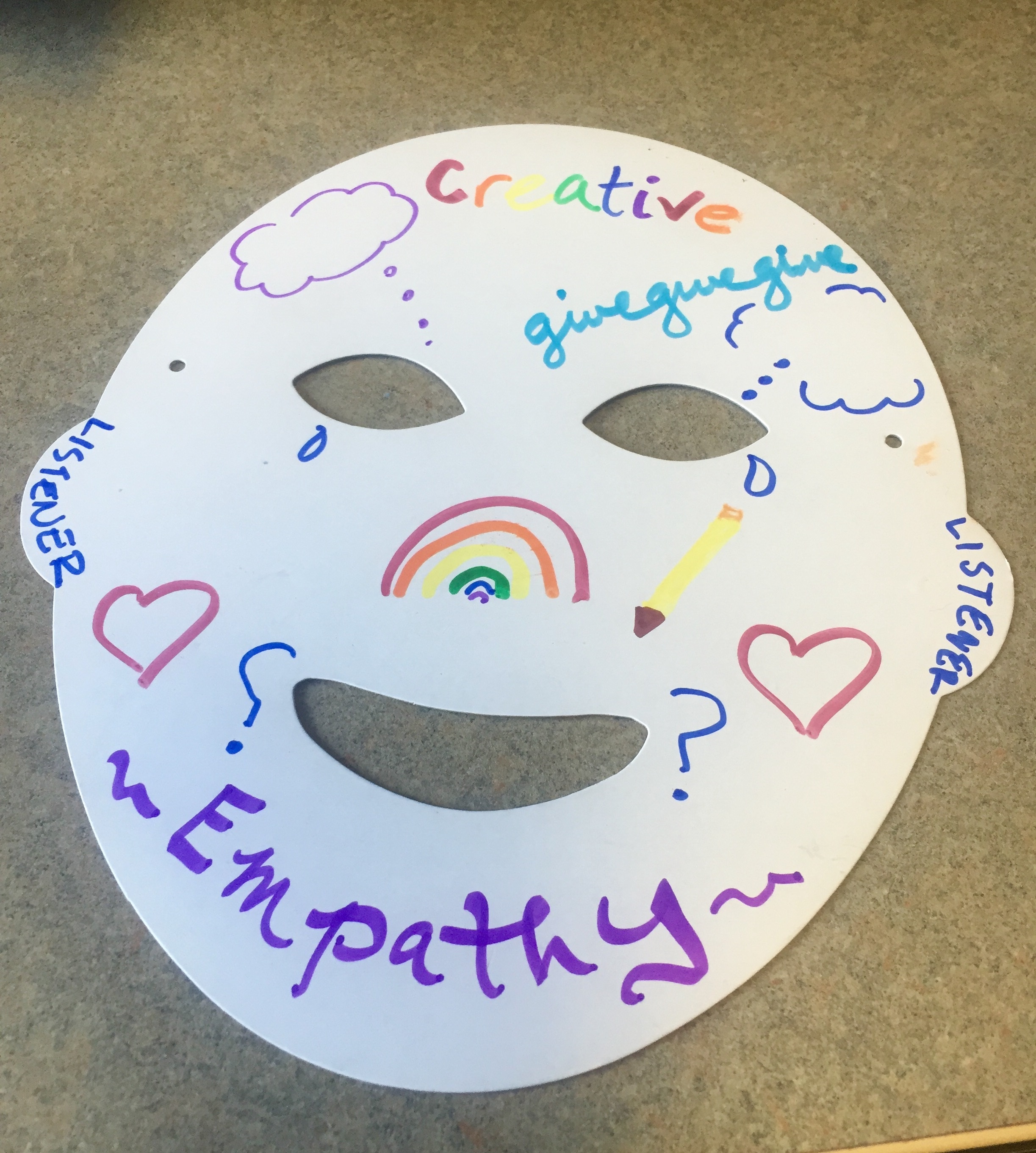 You and your child can explore these themes and questions through the following expressive arts activity, a craft project that encourages participants to ask what it means to wear a mask, and how things are different when we let our truest selves shine through.
You and your child can explore these themes and questions through the following expressive arts activity, a craft project that encourages participants to ask what it means to wear a mask, and how things are different when we let our truest selves shine through.
Materials:
Instructions:
On one side of the mask, children should draw or write how others see them. Ask your child what they’re proud of, what they show or share with other people, whether it’s in class, at home, or in extracurricular activities.
On the other side, children should draw or write what they hide from others in their lives – how they see themselves. A question to get your child thinking about this side of the mask is “What is something other people can’t see just by looking at you?”
It can be very powerful for the parent to do this activity alongside their child so that you can talk about the masks together.
After your child completes the mask activity, ask some debriefing questions, such as:
We celebrate Purim today by wearing costumes, by erasing (or at least blurring) the lines between who we are and who we could be. We put on a crown and become royalty, we stomp and yell and howl to drown out the names of the wicked characters in the story, and we celebrate the heroic actions of a woman who kept her identity a secret until it was time to save her people.
Jordan and the Dreadful Golem and the story of Purim both raise questions about how we are seen, how we see ourselves, and how we can become we the heroes we would like to be. What happens when we wear a mask? What happens when a child puts on a superhero cape? When do our disguises serve us, and when do they get in the way, inhibiting our authentic selves?
 You and your child can explore these themes and questions through the following expressive arts activity, a craft project that encourages participants to ask what it means to wear a mask, and how things are different when we let our truest selves shine through.
You and your child can explore these themes and questions through the following expressive arts activity, a craft project that encourages participants to ask what it means to wear a mask, and how things are different when we let our truest selves shine through.Materials:
- Flat cardstock masks with a front and back, such as these
- Markers or crayons
Instructions:
On one side of the mask, children should draw or write how others see them. Ask your child what they’re proud of, what they show or share with other people, whether it’s in class, at home, or in extracurricular activities.
On the other side, children should draw or write what they hide from others in their lives – how they see themselves. A question to get your child thinking about this side of the mask is “What is something other people can’t see just by looking at you?”
It can be very powerful for the parent to do this activity alongside their child so that you can talk about the masks together.
After your child completes the mask activity, ask some debriefing questions, such as:
- What are some costumes you’ve worn? How do you feel when you wear a costume? Do you feel like you become something else when you’re wearing a costume?
- When have you hidden something about yourself from others? When do you feel safe sharing?
- When do you share what’s on the personal side of the mask? When do you keep it to yourself?
- Are there times when you wish you could hide more? Are there times when you wish you could share more?
- How do you decide what to hide and what to share?
- What would it be like if you shared the personal side of the mask more often?
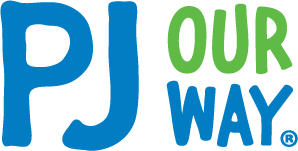
spellbound
Love having something to do for Purim with the welcome book!